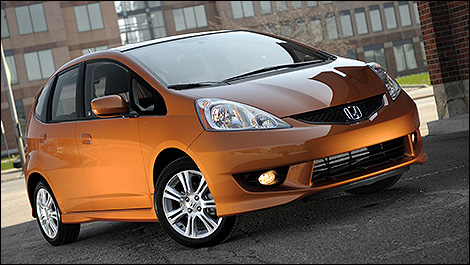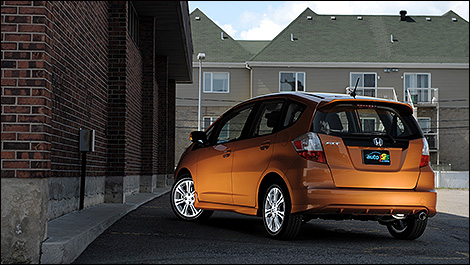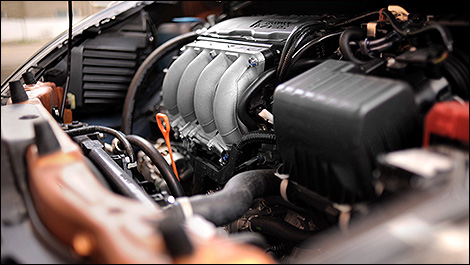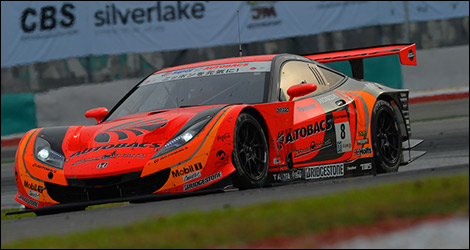Model: 2007 to 2013
Honda Fit
Vehicle Type: 5-door compact
The Verdict: Used car shoppers can expect the Fit to command a premium in the used market, in exchange for above-average reliability, versatility and driving pleasure. Seek a mechanical thumbs-up from a Honda mechanic ahead of your purchase, and then buy confidently.
Price: An earlier, higher-mileage unit can be had for under $4,000, with pricing topping out around $20,000 for a new, low-mileage or demo unit. Selection is heavy between about $8,000 and $15,000.
 |
| Photo: Matthieu Lambert |
History/Description: Honda's Fit launched in Canada for 2007 with a cleverly-designed body and cabin that generated a whole whack of space inside of a small package. Big on flexibility, efficiency and reliability, Fit found homes in the driveways of thousands of active Canadians, students, busy couples, pet lovers and outdoors buffs alike.
Crammed with 2,572 liters of interior volume and 1,622 liters of cargo space, Fit owners benefit from rear seats that flip up or down to accommodate a variety of items. Tall plants, bikes and even furniture can be fit inside—making the Fit an ideal alternative to a larger, thirstier crossover SUV to many shoppers.
All models were motivated by a 1.5-litre i-VTEC 4-cylinder engine, offering up to 117 horsepower. 2009 or later models get the 117 horsepower engine and more assertive looks. In any case, Fit drives the front wheels through either a 5-speed manual transmission or a 5-speed automatic. Paddle shift functionality was available on the “Sport” model, as was a stability control system in years before it became standard.
 |
| Photo: Matthieu Lambert |
What Owners Like: Fit owners tend to rave about mileage, versatility, handling, braking, maneuverability, visibility, ergonomics, and a surprising level of on-board roominess, despite the machine's compact size. In all, Fit is reported to be an easy car to drive, park and live with on a day to day basis.
What Owners Dislike: Fit owners typically complain about a noisy engine and ride, abrupt ride characteristics in some situations, and diminished performance when the vehicle is loaded up. Seats in the pre-facelifted models are commonly accused of being uncomfortable, too.
 |
| Photo: Matthieu Lambert |
Common Issues: Inspect your potential used Fit candidate for signs of damaged or peeling paint, which may be more prevalent on the bumpers. Many owners say they wish for a more durable finish from their Fit. Further, check for signs of rust, or repaired rust, around the rear wheelwells where the steel body panel meets the bumper—especially in first generation models.
Be sure the tailgate stays open on its own, confirming the struts that lift and support the tailgate aren't worn out. Be sure the first-generation Fit has a properly-functioning external release latch, too. If it sticks or fails to open the hatch, an occasional blast of WD-40 can help until you wind up replacing the assembly.
Lumpy, lazy or sporadic power delivery at moderate or full throttle may be the result of failure of one of the four coil packs, which fire the spark plugs. This issue could cause a ‘code' to be stored in the engine's computer, or a check-engine light to illuminate—so be sure to have the computer scanned if you note an issue.
The Fit should steer easily and smoothly at any speed. If it doesn't, a fussy Electronic Power Steering (EPS) component could be to blame. Many owners simply restart the engine to bring the system back online if it cuts out—which will illuminate a warning light and drastically increase steering effort.
 |
| Photo: Matthieu Lambert |
 The latest auto news, reviews, prices, product and vehicle releases.
The latest auto news, reviews, prices, product and vehicle releases. 









